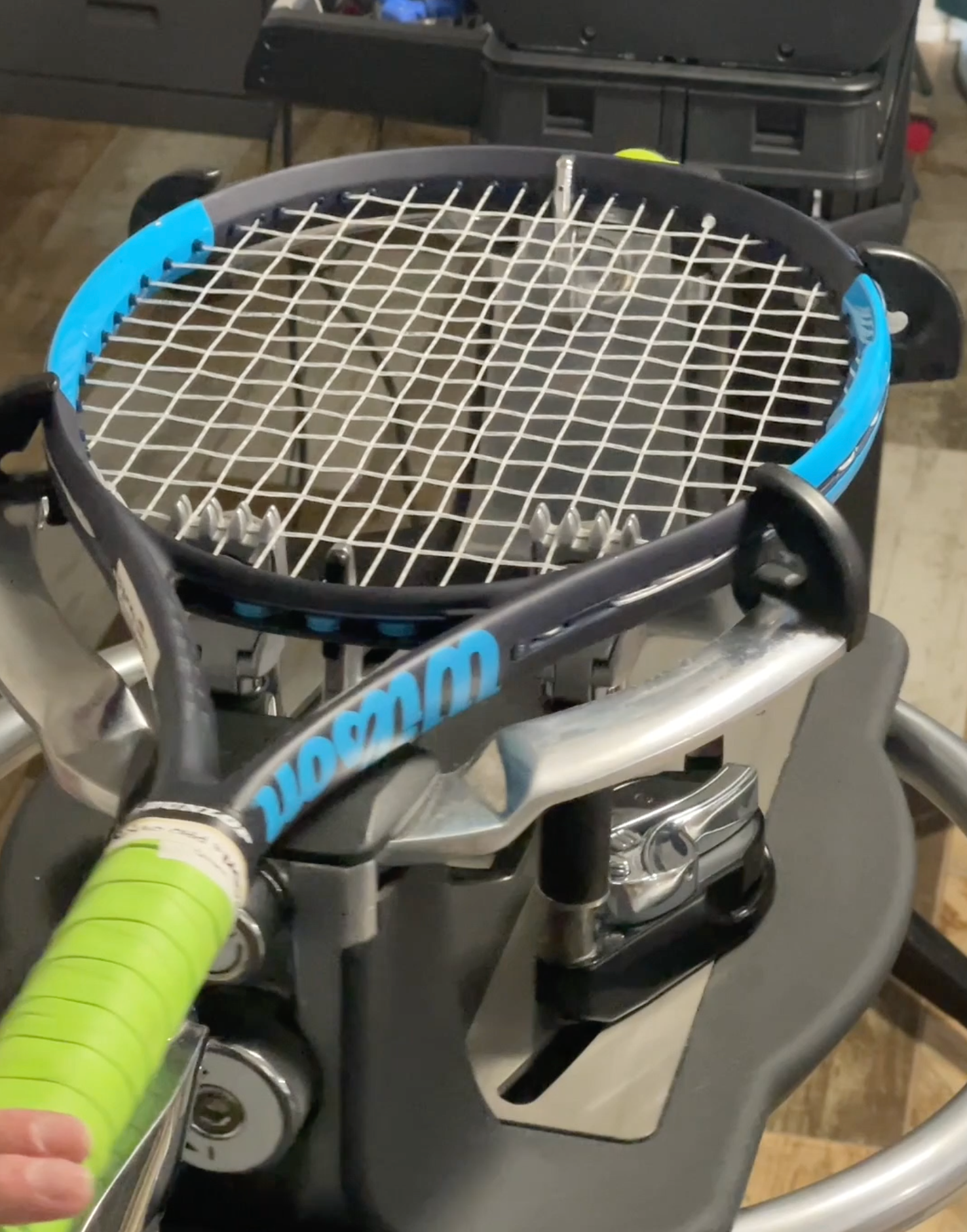The world of professional tennis may look very attractive from the outside, but behind the scenes, it’s a hard grind. Players are constantly flying from one tournament to another, barely getting little to no time to rest, and it's starting to take a toll on their health and their quality on the court. The issue of Player Health and Scheduling is not new in tennis. In this article, let’s take a closer look into the problems players face and possible solutions.
Non-Stop Travel From One Tournament to the Next
Take the current tennis schedule as an example. Players are going straight from the 2024 China Open to the 2024 Shanghai Masters with almost no time to recover. Carlos Alcaraz is one of many players feeling the pressure. He just finished playing at the Laver Cup, jumped straight into the China Open, and now he’s headed to Shanghai. That kind of non-stop travel and competition leaves little room for recovery, which increases the risk of injury.
Player Complaints: Health vs. Schedule
Jannik Sinner is no stranger to these health struggles. During his quarter-final match at 2024 Wimbledon, he was battling dizziness and fatigue, likely due to an illness. Despite putting in his 100%, he lost to Daniil Medvedev in a tough five-set match.
Sinner’s experience at last year’s Paris Masters is another example of the demanding schedule taking its toll. After finishing a match at nearly 3 AM, he was scheduled to play again less than 14 hours later. Instead of risking his health, Sinner chose to withdraw, saying,
“I finished the match when it was almost 3am and didn’t get to bed until a few hours later. I had less than 12 hours to rest and prepare for the next match.
“I have to take the right decision for my health and my body.”
Public and Media Perception on Sinner's injuries
The narrative on social media around Sinner's injuries sometimes veers into skepticism, questioning whether these issues are genuine reasons for underperformance or if they're occasionally used as excuses. This skepticism reflects a broader sports culture where the line between genuine injury and strategic withdrawal or excuse can seem blurred, especially in an era where every match's outcome can have significant implications for rankings or tournament progress.
Sponsored content
More Voices Join In
Sinner isn’t the only player speaking up. Andy Murray has been vocal about how Grand Slam matches that stretch late into the night are harming players' recovery. Carlos Alcaraz bluntly put it, saying the schedule is “killing us,” while Iga Swiatek warned that this non-stop grind “won’t end well.”
Denis Shapovalov brought up another less talked issue—the financial side that come with the demanding schedule. He pointed out that between taxes and other expenses, much of his earnings are eaten up, adding even more stress to an already challenging career.
Possible Solutions
So, what can be done to ease the load on players and possible save early burnouts?
Mandatory Rest Periods: One simple idea is to introduce mandatory rest periods after a certain number of tournaments. This would give players the recovery time they need without risking their health, and it could be enforced by the ATP and WTA.
Periodization: Another option could be the implementation of periodization in training and organizing tournaments. Periodization involves dividing the training and season into specific phases.
What do you think about Player Health and Scheduling? Comment and let us know.
Catch all the action and expert opinions in tennis by following Racquet Point!














Leave a comment
All comments are moderated before being published.
This site is protected by hCaptcha and the hCaptcha Privacy Policy and Terms of Service apply.